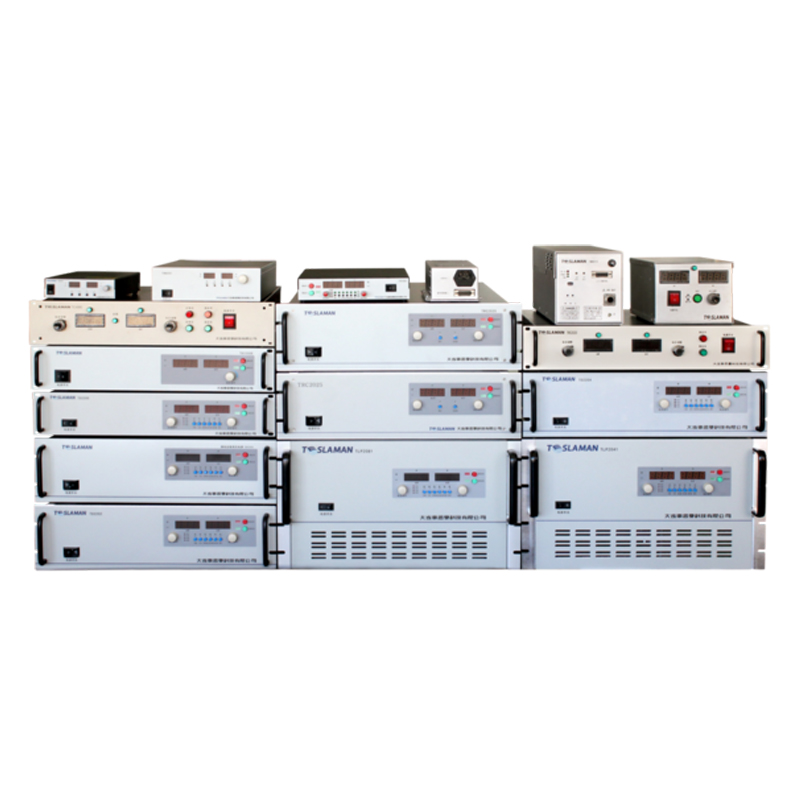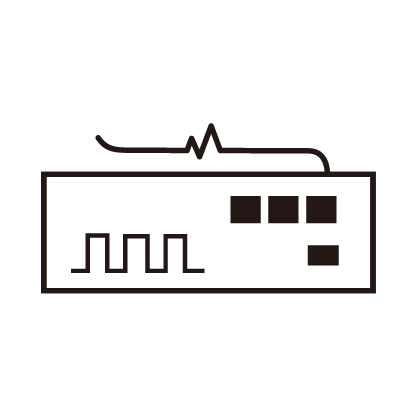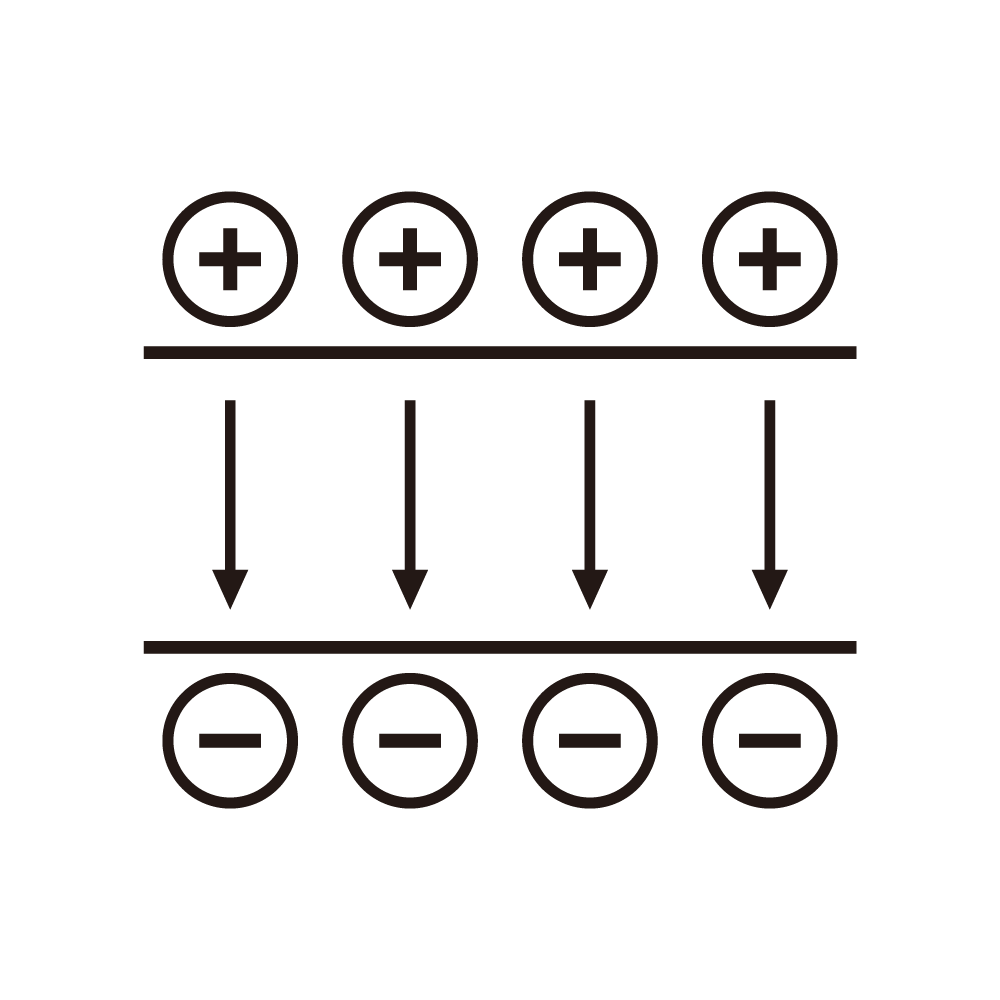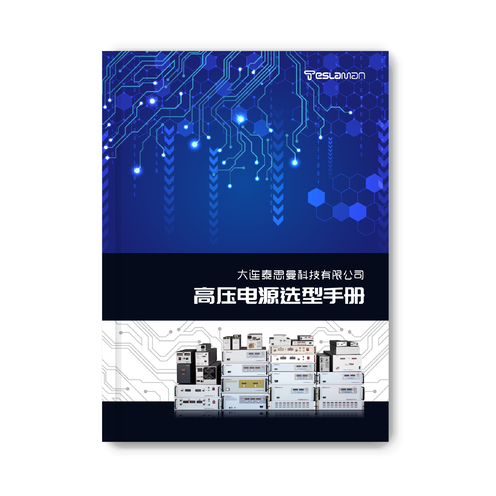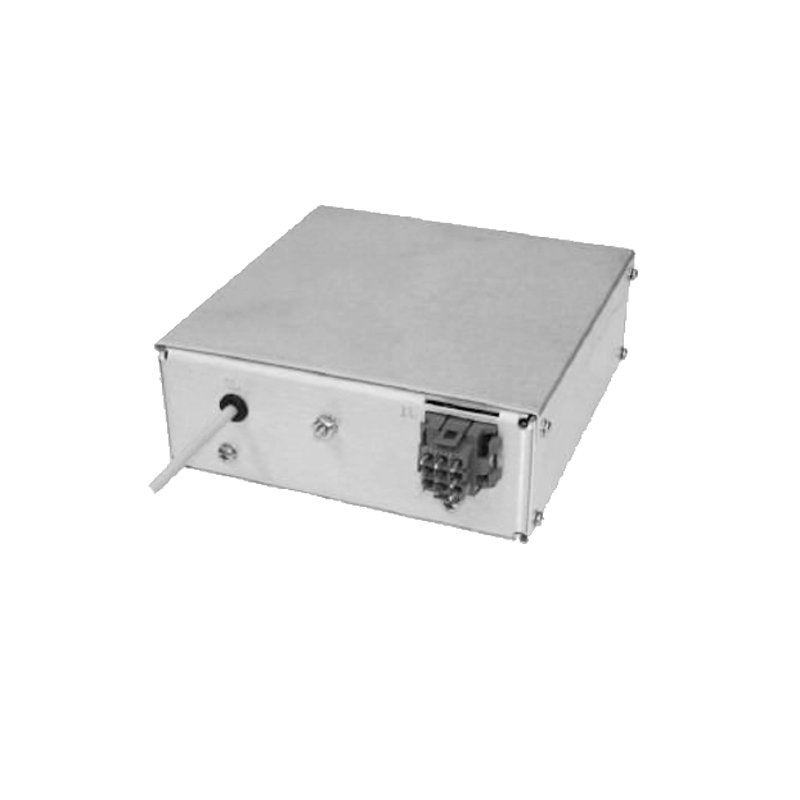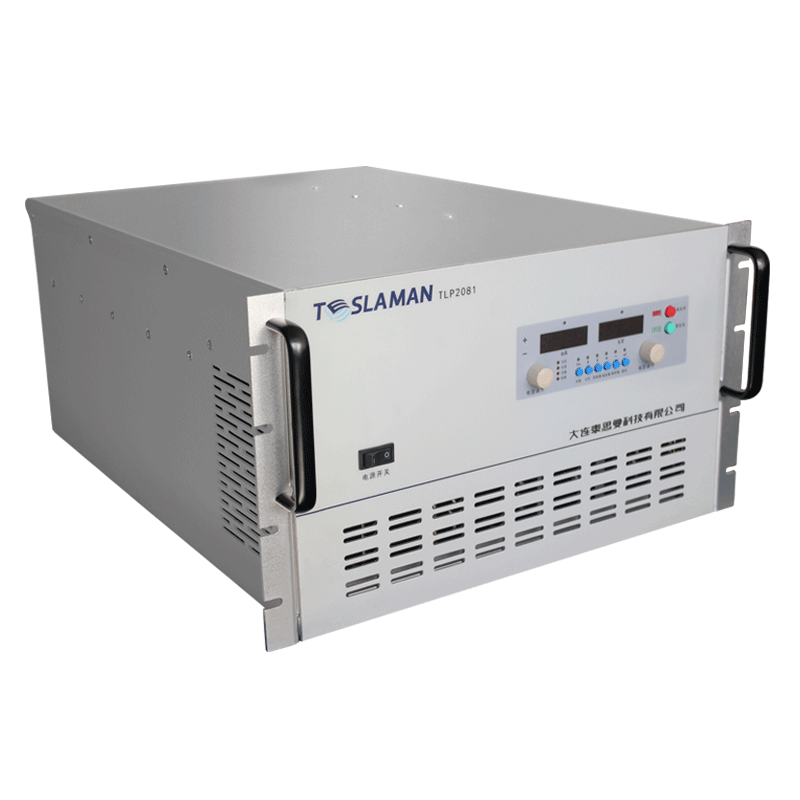Expansion of Detection Depth of High-Voltage Power Supplies for Non-Destructive Testing
In the modern industrial production and quality control system, non-destructive testing technology has become a crucial means to ensure the quality of materials and components due to its characteristic of not damaging the integrity of the tested object. As a core component of non-destructive testing equipment, the high-voltage power supply directly determines the limit of the detection depth and the reliability of the detection results. With the increasing demand for internal defect detection of materials in the industrial field, expanding the detection depth of high-voltage power supplies for non-destructive testing has become an urgent technical direction to be broken through in the industry.
From a technical principle perspective, high-voltage power supplies for non-destructive testing generate high voltages to excite the working media of testing equipment, such as piezoelectric transducers in ultrasonic testing and X-ray tubes in radiographic testing, causing them to produce corresponding physical signals that penetrate the tested materials. The detection depth is closely related to parameters of the high-voltage power supply, including output voltage, pulse characteristics, and energy stability. Traditional high-voltage power supplies have certain limitations in detection depth and struggle to meet the requirements of complex testing scenarios such as thick-walled components and deep-seated defects.
To expand the detection depth, the first step is to focus on the voltage boosting technology of high-voltage power supplies. By adopting new designs of high-voltage transformers and topologies of high-voltage rectifier circuits, and optimizing insulation structures and materials, the output voltage amplitude can be safely increased while ensuring system stability. A higher voltage can enable testing equipment to generate stronger penetration capabilities. For example, in X-ray testing, increasing the voltage enhances the penetration ability of X-rays, thus enabling the inspection of thicker workpieces.
Secondly, optimizing the pulse characteristics of high-voltage power supplies is another key to expanding the detection depth. By precisely controlling the pulse width, rise time, and repetition frequency, the detection signals can be more effectively propagated and reflected within the material. In ultrasonic testing, for instance, appropriate pulse characteristics can enhance the propagation distance of ultrasonic waves in the material and the intensity of echo signals, improving the ability to identify deep-seated defects.
Furthermore, introducing intelligent control technology to upgrade high-voltage power supplies is essential. Based on artificial intelligence algorithms and real-time monitoring systems, high-voltage power supplies can dynamically adjust output parameters according to the characteristics of the tested materials and testing requirements. When testing workpieces of different thicknesses and materials, the system can automatically optimize parameters such as voltage and pulse to ensure that the detection depth and accuracy reach the optimal state.
In addition, energy management and stability improvement of high-voltage power supplies cannot be overlooked. Using efficient power factor correction technology and stable power supply systems reduces fluctuations and interference in power output, ensuring the stability and reliability of detection signals. Only with stable high-voltage output can the detection signals be guaranteed not to be attenuated or distorted during propagation, enabling accurate detection of deep-seated defects.
Expanding the detection depth of high-voltage power supplies for non-destructive testing is an important aspect of enhancing the level of non-destructive testing technology. Through multi-dimensional technological innovation and optimization, continuously breaking through the limitations of detection depth can provide stronger support for quality control in industrial production and contribute to the high-quality development of various industries.
